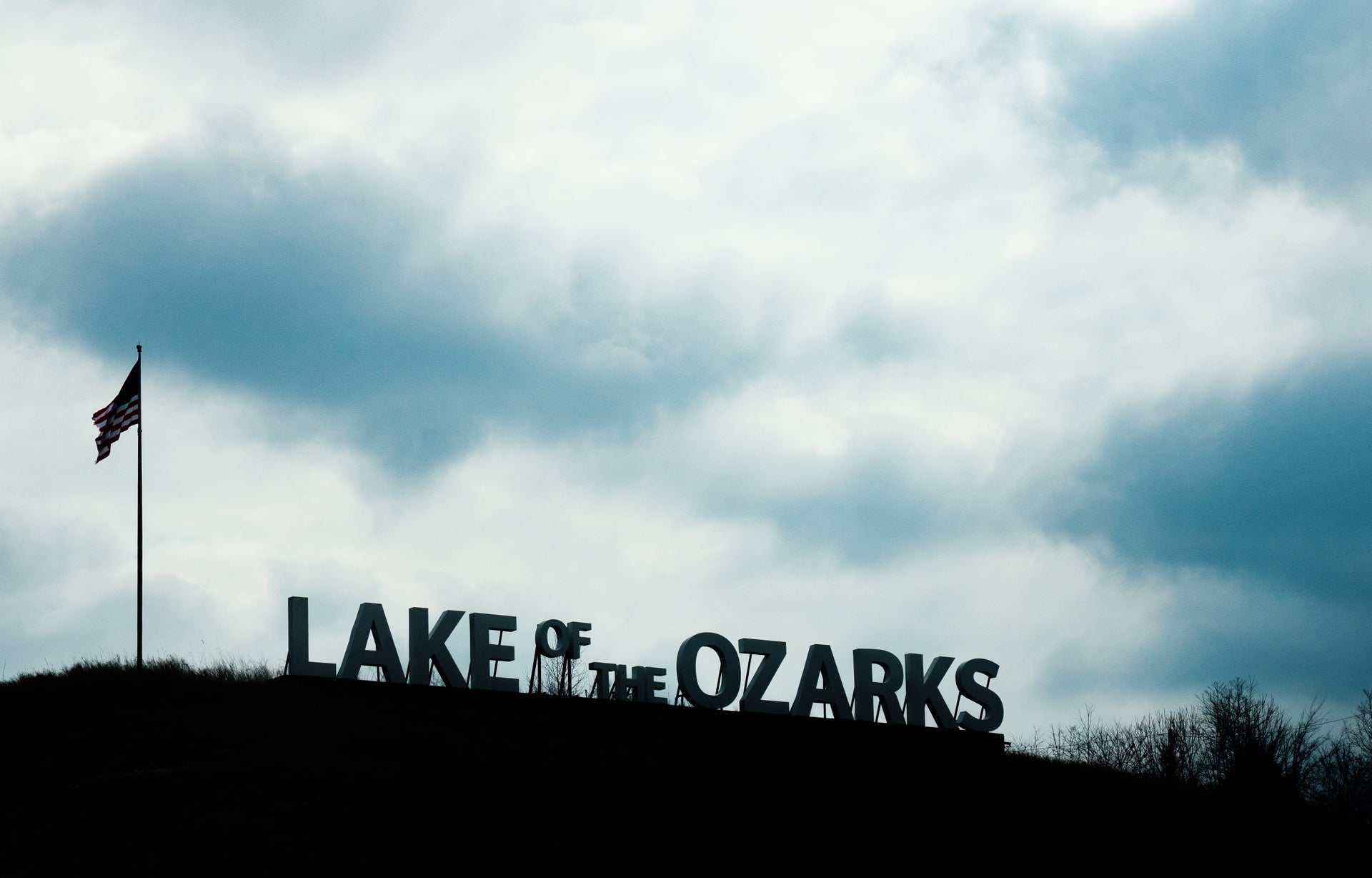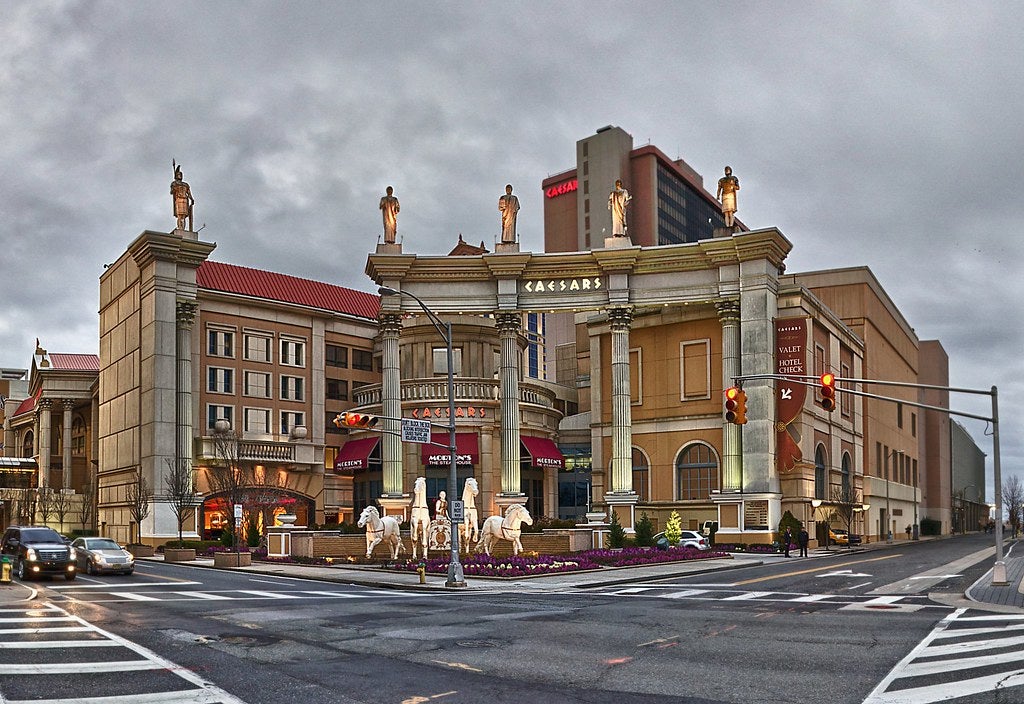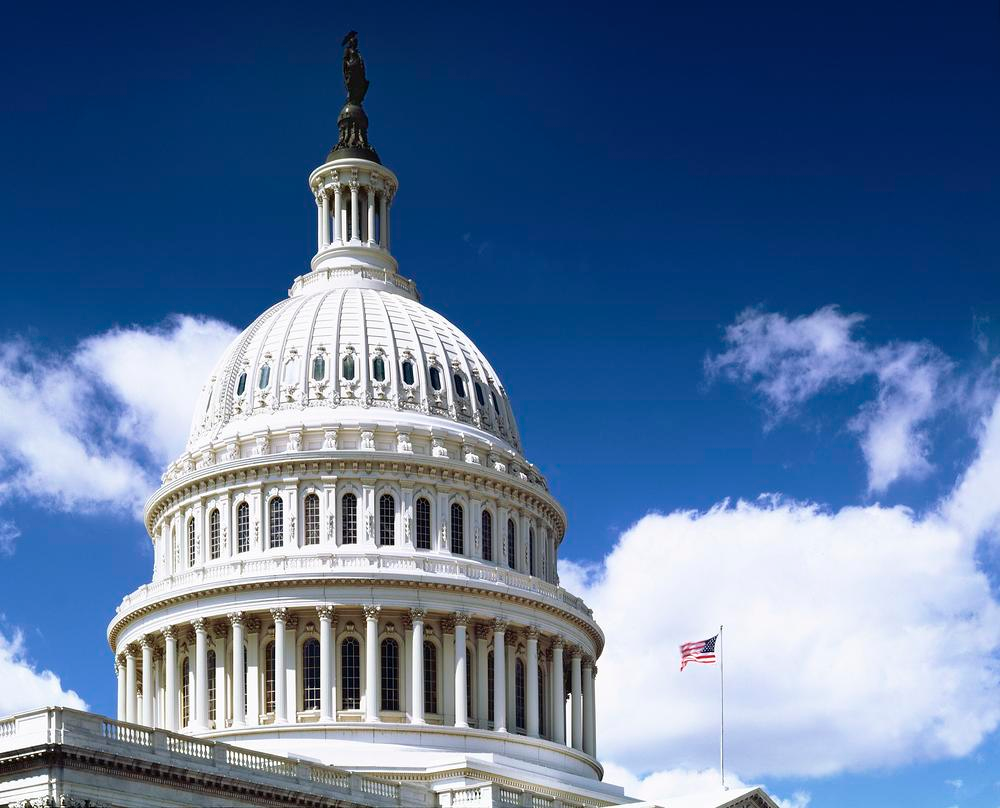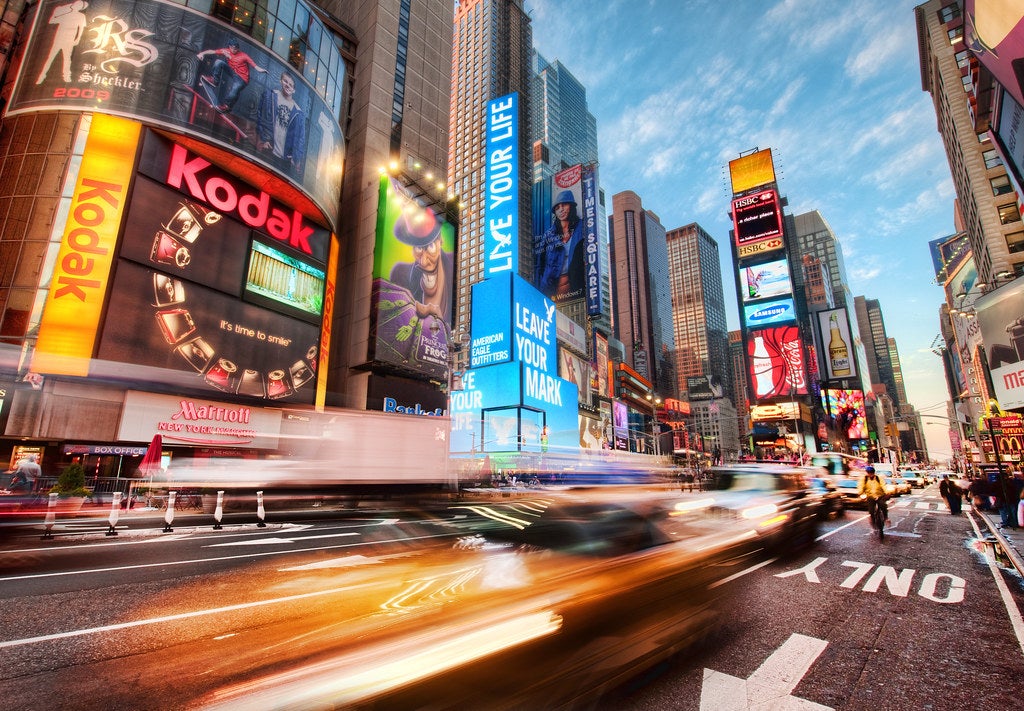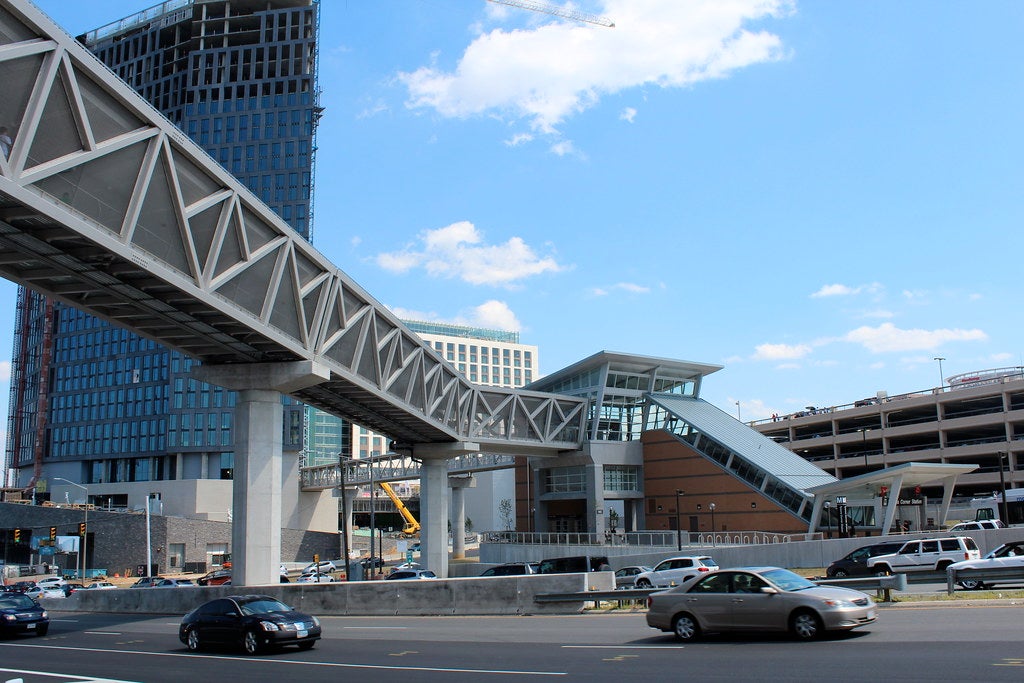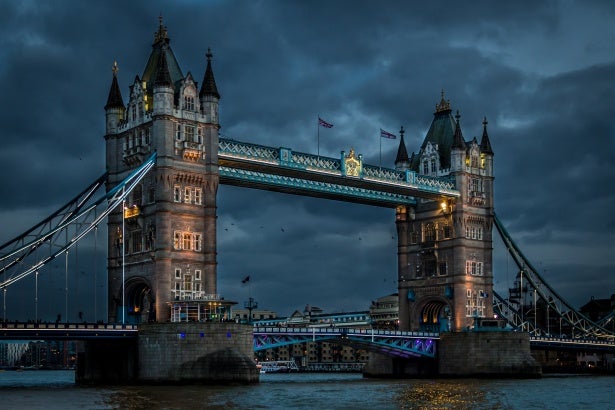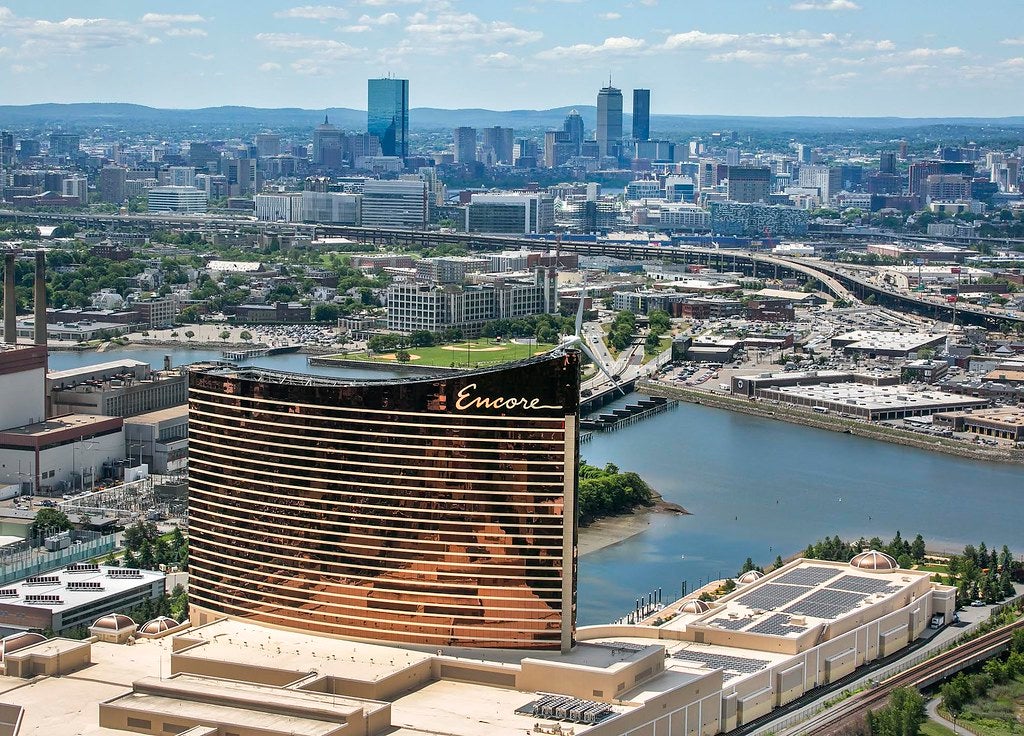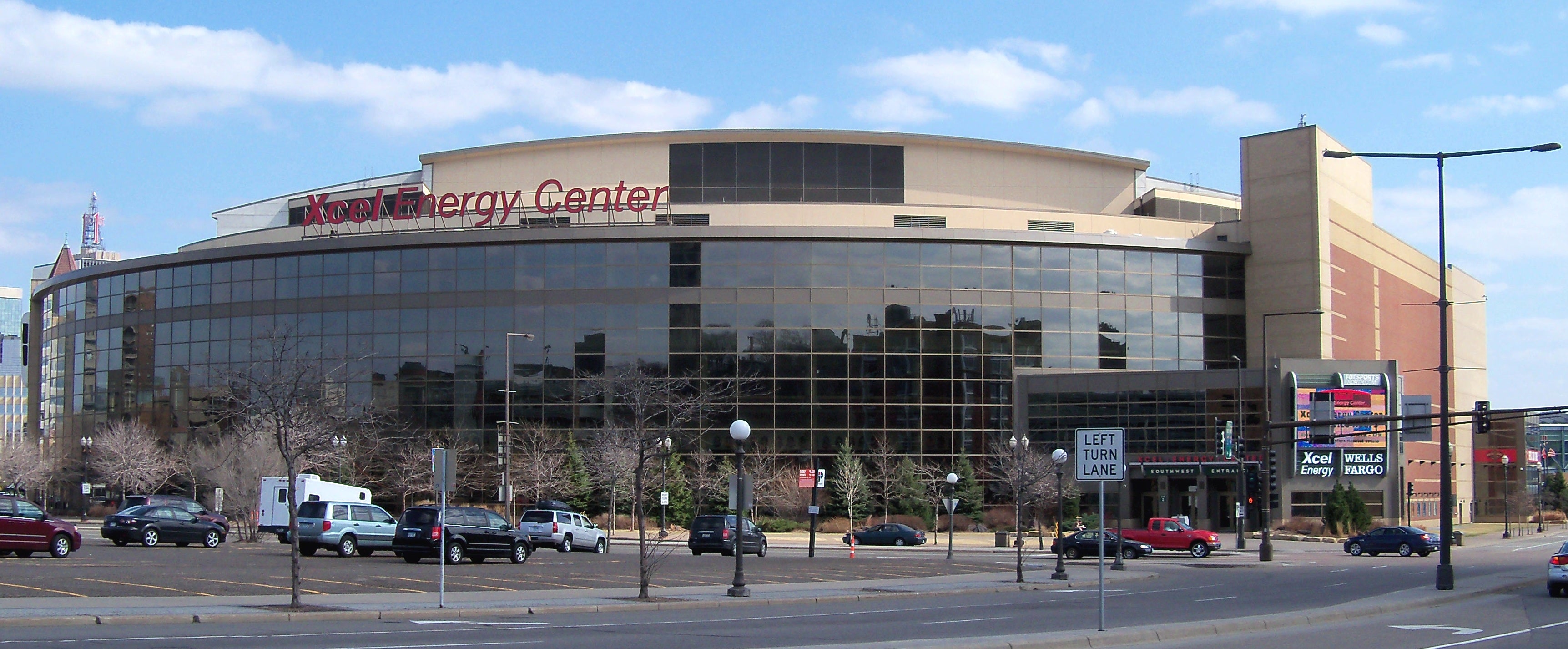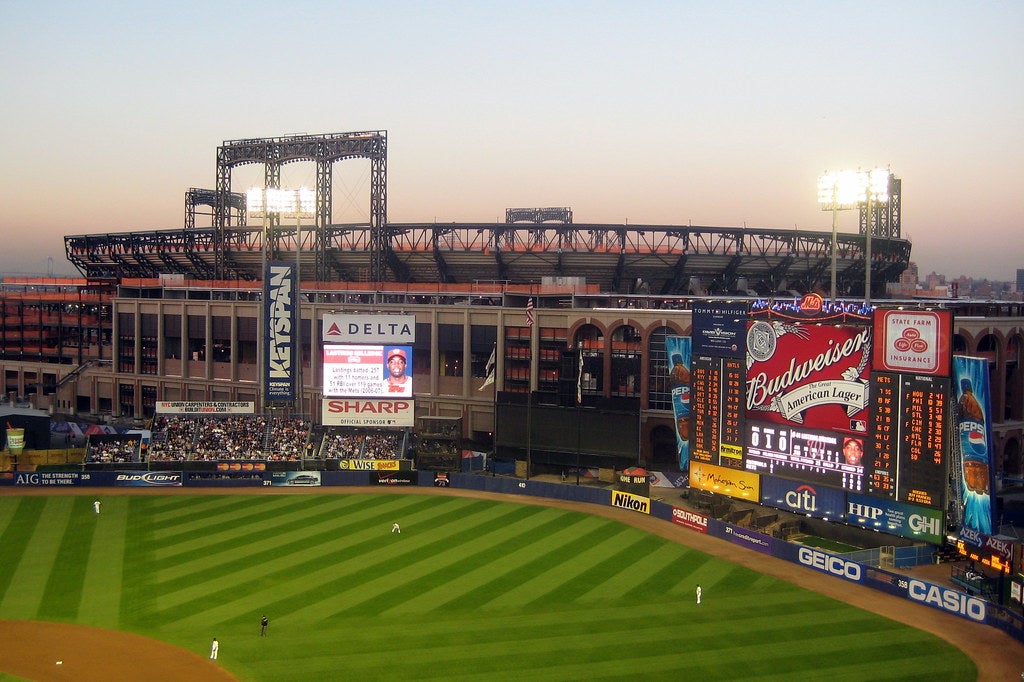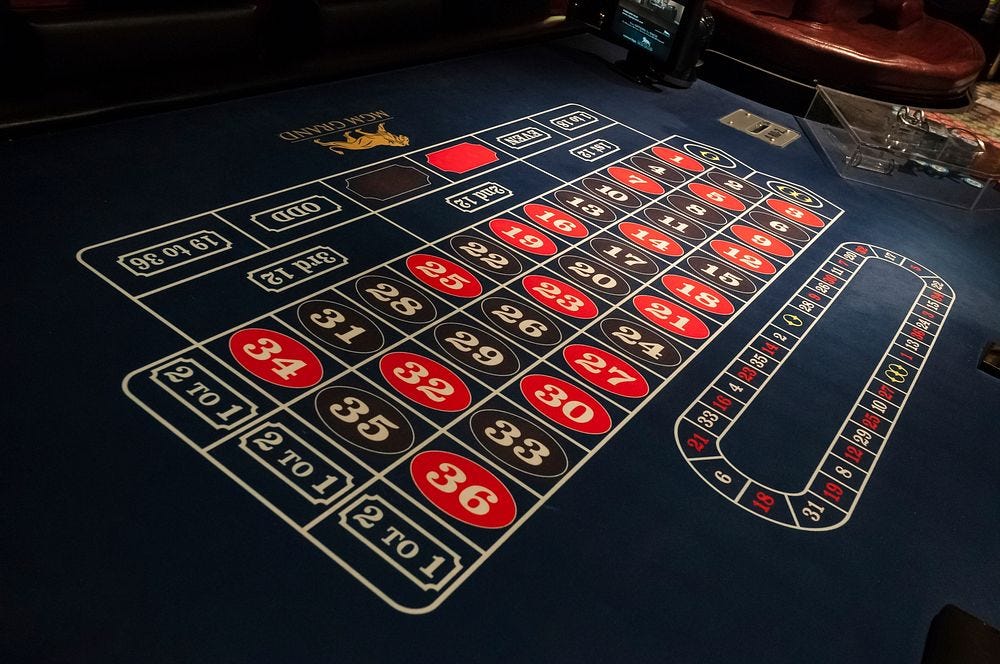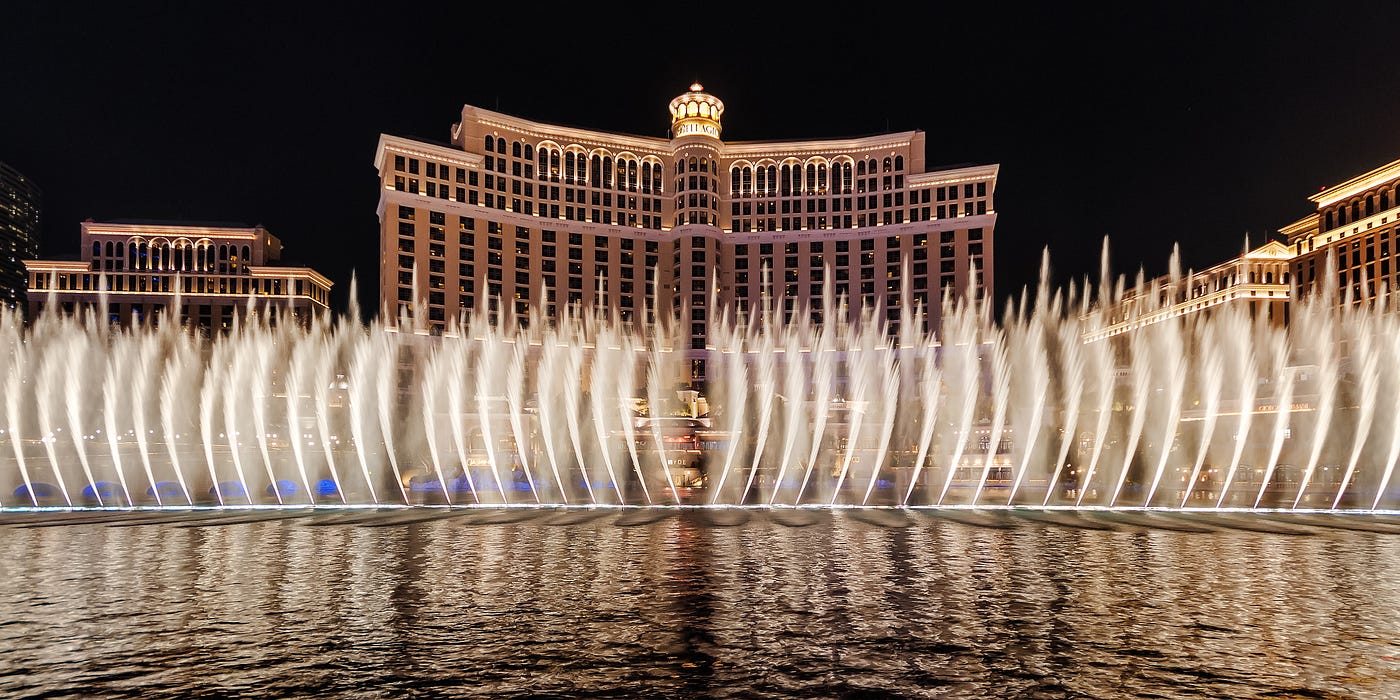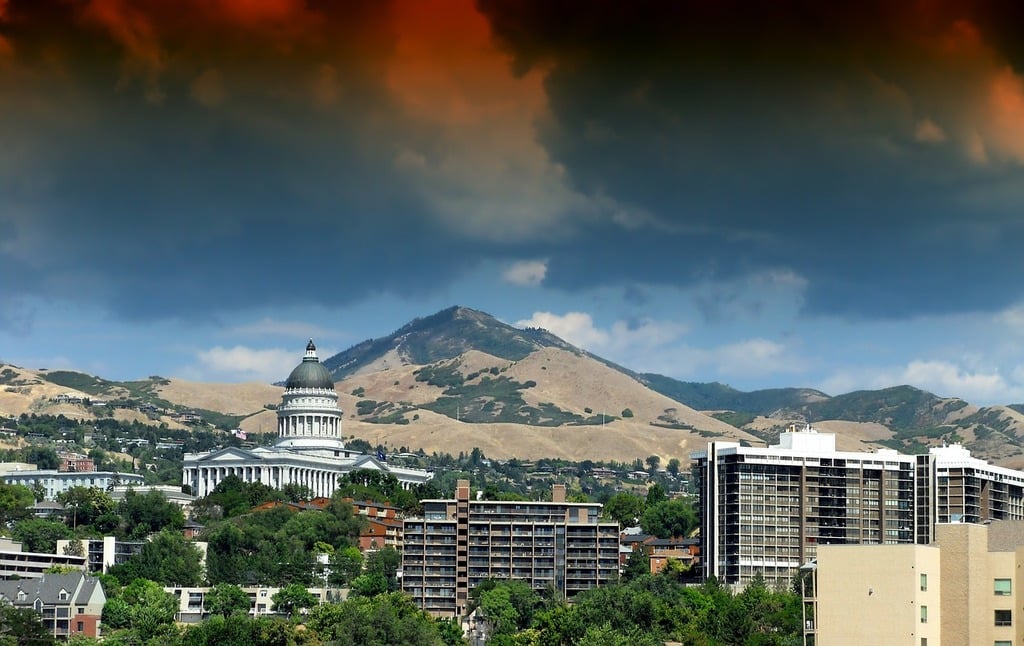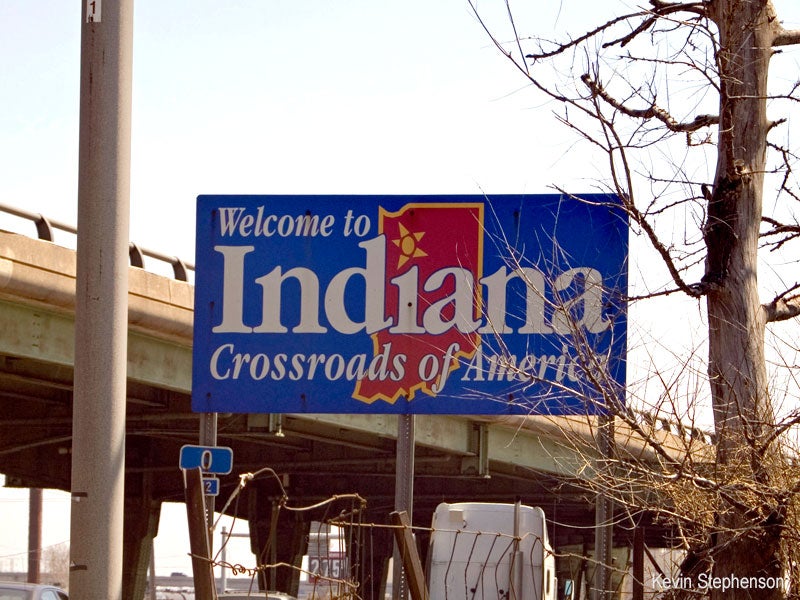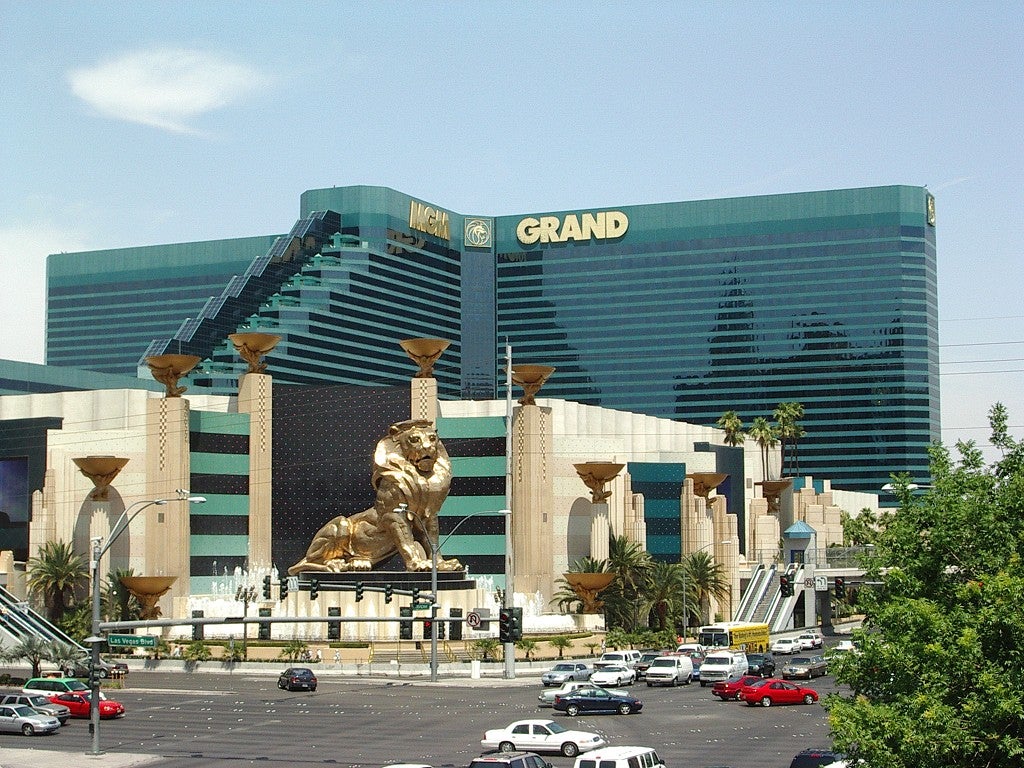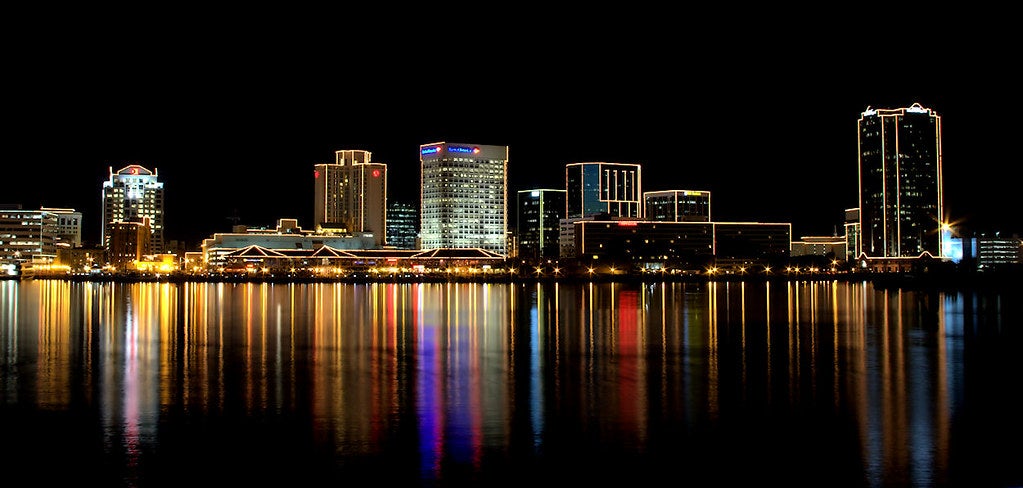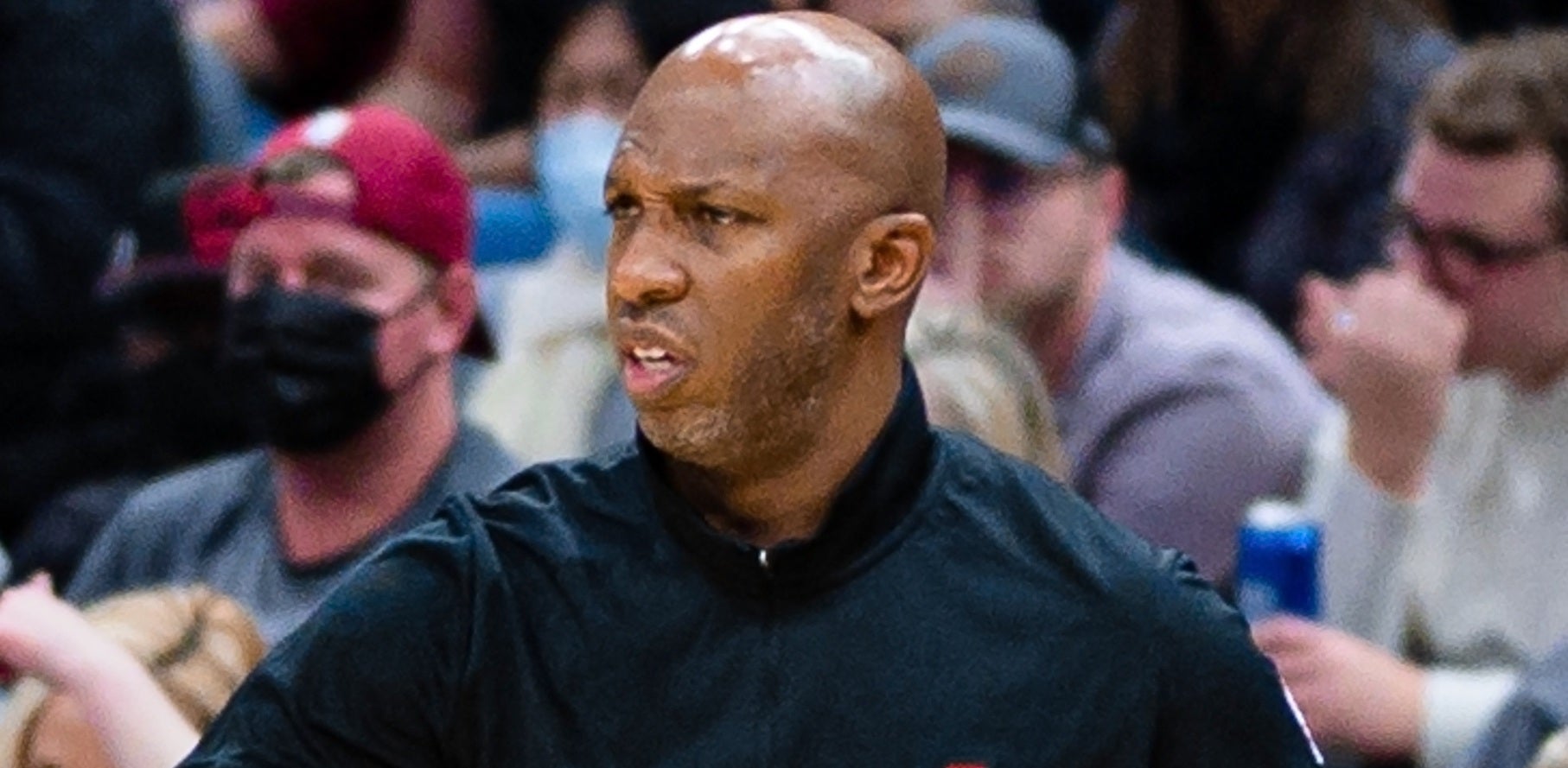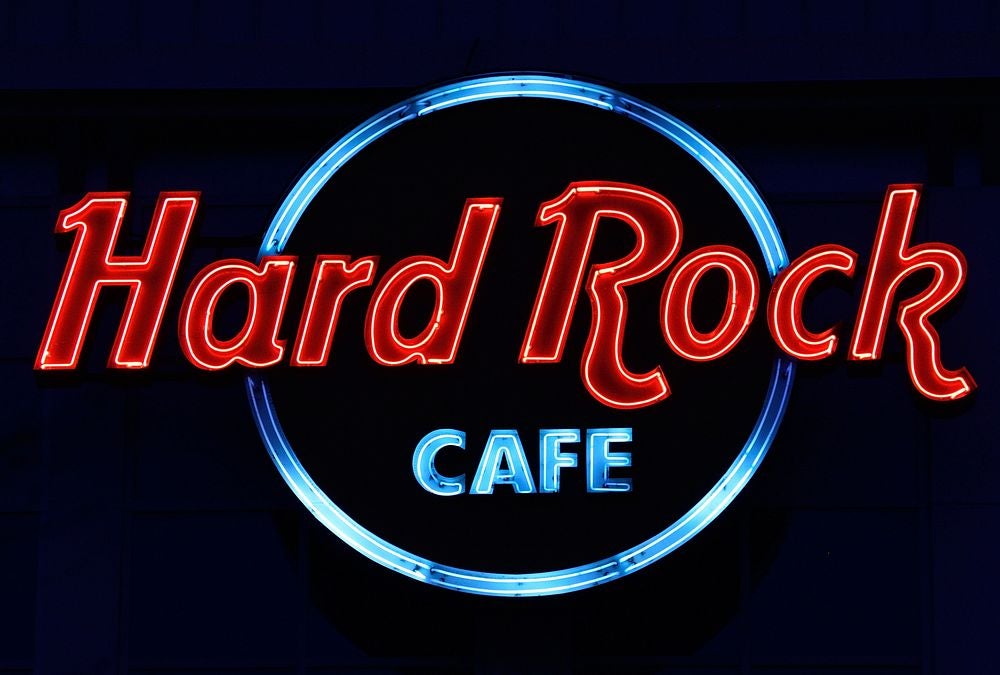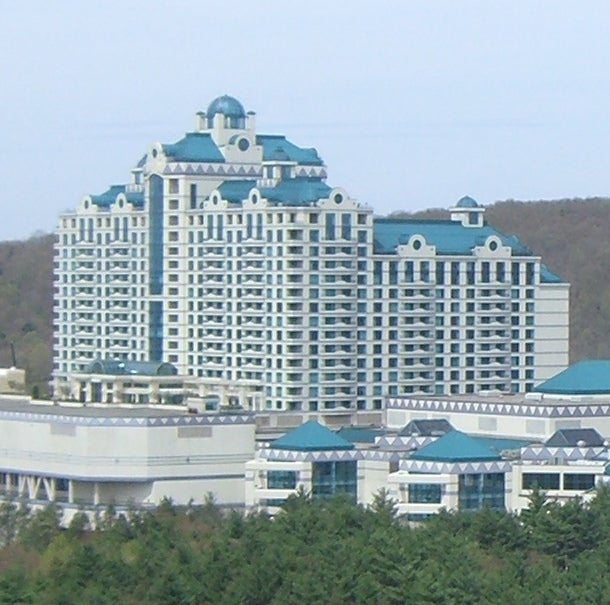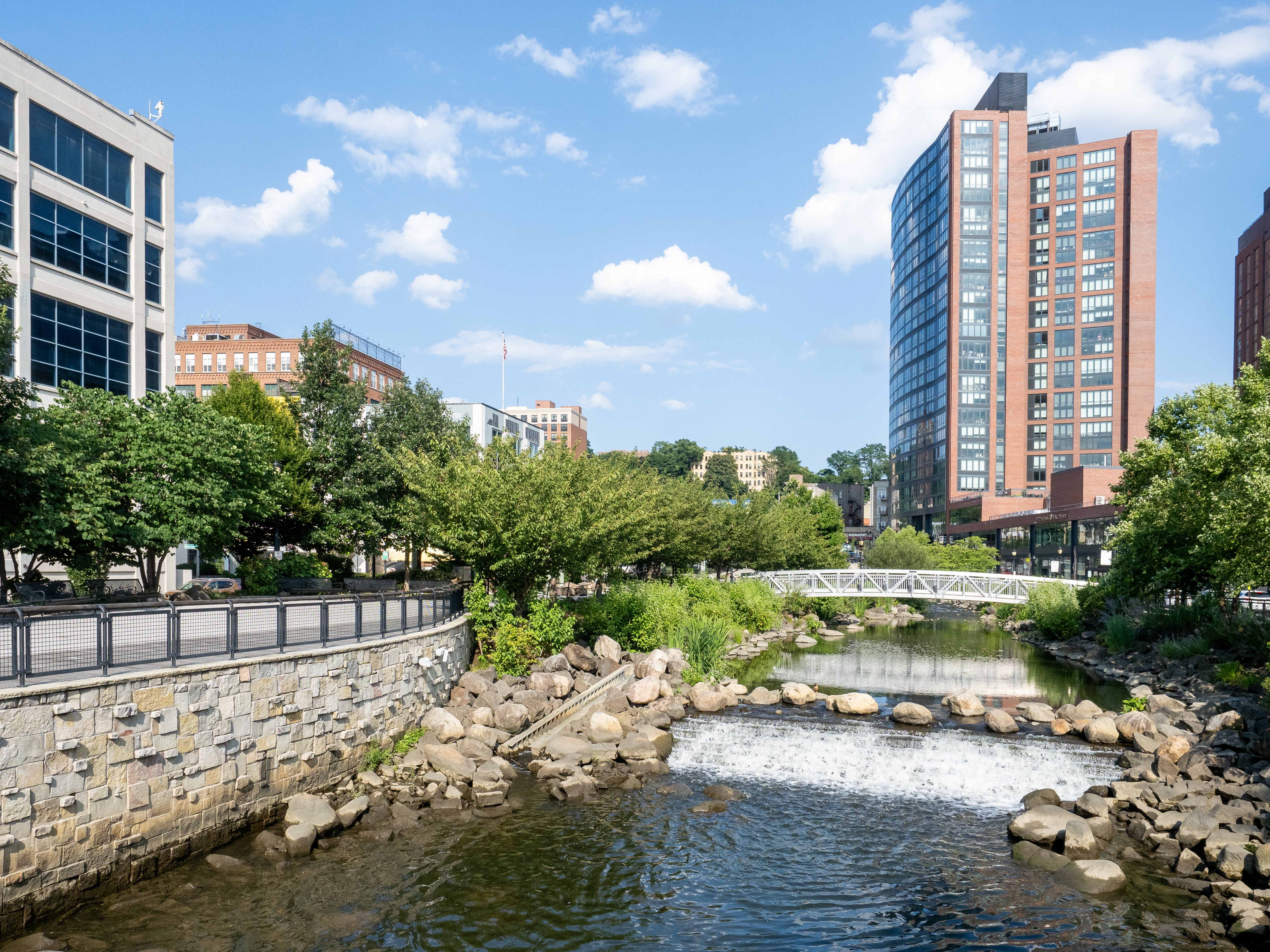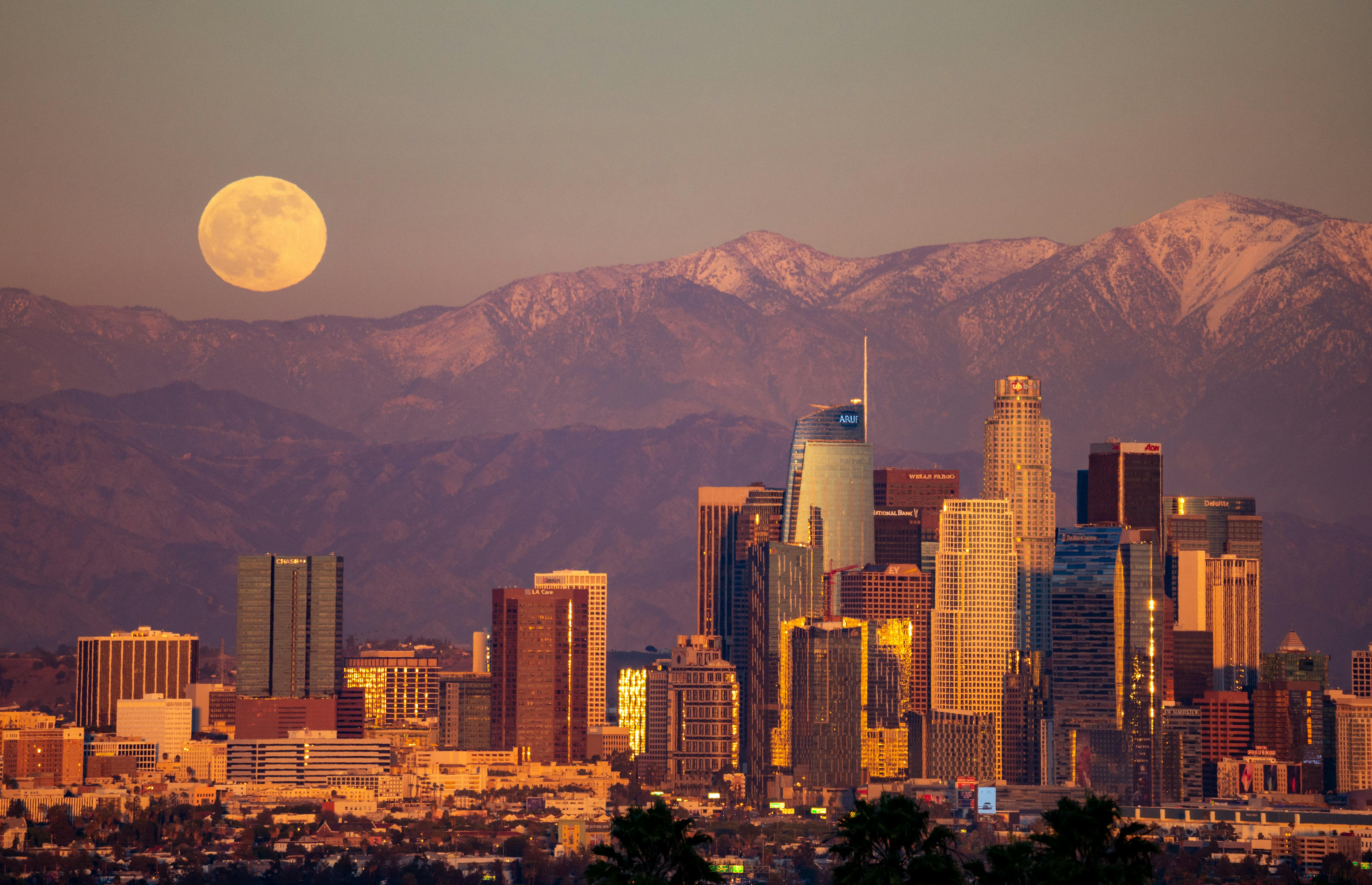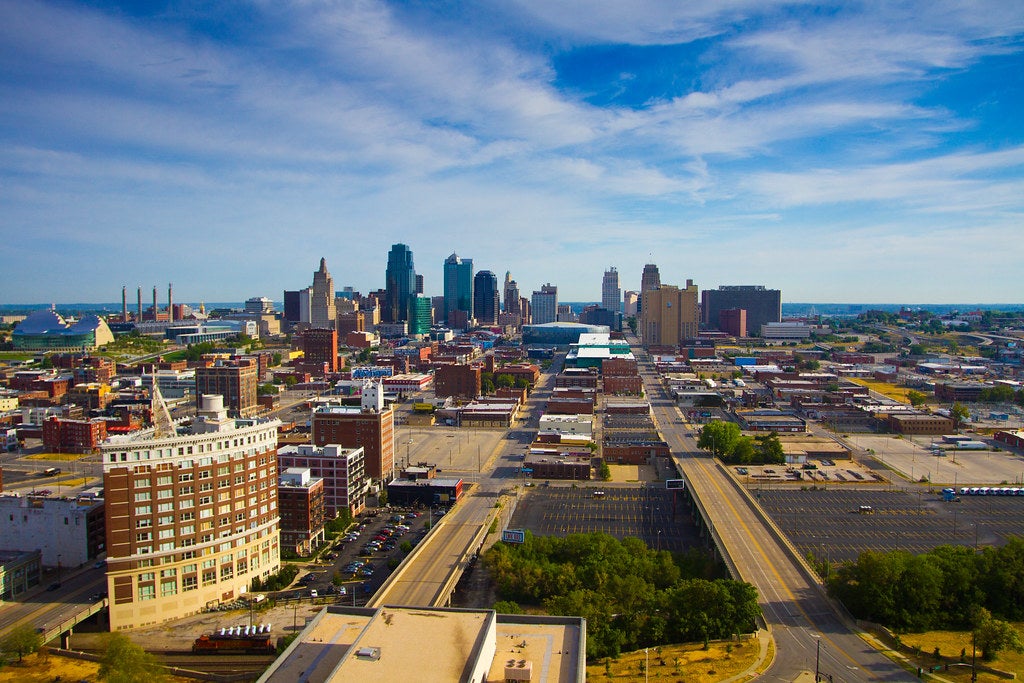Legal back-and-forth
The ballot push is being led by the Osage River and Gaming Convention Committee. The organization is asking a local judge to overrule the verdict that was reached after the committee supposedly came up 2,031 signatures short in the 2nd Congressional District.
The committee claims that more than 2,500 valid signatures were incorrectly ruled out, causing it to fall short of the necessary amount.
“Verifying every signature on multiple initiative petitions this summer has been a very long process for election officials and we realize mistakes happen,” the group said in a statement. “However, (Osage River Gaming & Convention) has always been confident their initiative petition contained a sufficient number of valid signatures from legal voters to qualify for placement on the Nov. 5 general election ballot and are now asking the court to do so.”
The previous ruling confirmed the proposal secured enough signatures in the 1st, 3rd, 4th, 5th, and 7th districts.
The proposal, if approved, would amend the Missouri Constitution to allow a casino along the Osage River near a junction with the Missouri River. It would also overrule a 13-casino limit imposed in 2008.
Missouri’s constitution only allows casinos to be built along the Missouri and Mississippi rivers.
Local impact of a casino
The casino proposal is being supported primarily by Bally’s, which owns and operates a casino two and a half hours away in Kansas City, and RIS Inc., an influential developer. The two entities contributed roughly two million dollars to the campaign.
The proposal is a response to plans for a $60 million casino, hotel and convention center shared by the Osage Nation in 2021.
Officials of the new campaign say the project would create 700-800 jobs for locals. Estimates also suggest that the casino would generate roughly $2.1 million in annual admission and fee revenue, a pot that is split between the local government and the Missouri Gaming Commission.
The 21 percent tax on adjusted casino revenue would also lead to an estimated $14.3 million in annual state taxes.
The new funding would likely be directed toward childhood literacy programs at public schools.
Former Lake Ozark mayor Gerry Murawski claimed that the area drew an average of 5.4 million tourists per year. That number ballooned to more than 10 million in 2020 in part due to the success of the hit Netflix show “Ozark.”
.svg)

